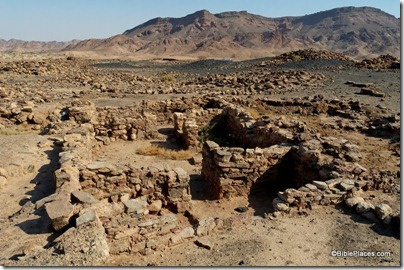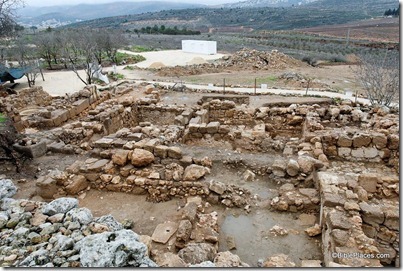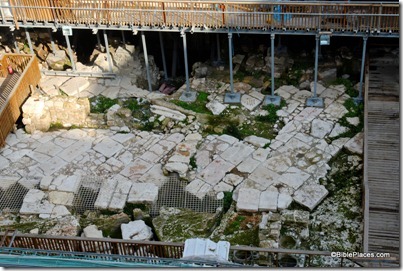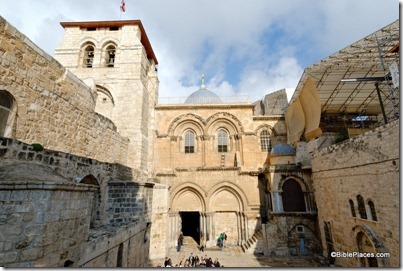Paleobabble posts a report on the Noah’s Ark fraud by one who knows the Turkish guides involved.
The report probably contains some of the true story, but it is obscured by a liberal dose of speculation and hearsay. Confidence in the author is further eroded by her lack of experience in the field, her photos of herself in conservative eastern Turkey, and her forthcoming book entitled Climbing Mount Ararat: Love and Betrayal in Kurdistan.
Eisenbrauns’ Deal of the Weekend is Ancient Place Names in the Holy Land: Preservation and History, by Yoel Elitzur. It is marked down from $65 to $26.
Ferrell Jenkins summarizes his survey of the Babylonian kings in the Bible, concluding yesterday with Belshazzar.
What did Jerusalem look like in Jesus’ days? A brief article at the Jerusalem Post describes the Herodian Quarter (Wohl Museum).
Archaeologists in Egypt have begun restoring a second boat buried next to the pyramid of Cheops (Khufu).
Neil MacGregor, Director of the British Museum, gives a 20-minute presentation at TED on the “biographies” of the Cyrus Cylinder. He believes this artifact is a major player today in the politics of the Middle East.
Eilat Mazar is warning that the antiquities on the Temple Mount are in danger because of plans to unite all of the mosques into one large one.
The seventh season of excavations at Tall el-Hammam concluded this week. According to email newsletters, the major discovery this year was a monumental gateway dated to the Middle Bronze period (2000-1550 BC).
The fifth edition of The Carta Bible Atlas (formerly The Macmillan Bible Atlas) is apparently more than just a cover re-design (as was the fourth edition). According to the publisher, “The Carta Bible
Atlas has been enriched by the addition of 40 new maps. Anson F. Rainey added maps and discussion on contemporary subjects surrounding the biblical narrative and R. Steven Notley revised and expanded the New Testament section. Prof. Notley further enhanced this volume by extending its historical reach to include the map of Palestine at the end of the third century as recorded by Eusebius, Bishop of Caesarea.” Eisenbrauns has this updated classic in stock.
HT: Joseph Lauer, Jack Sasson




